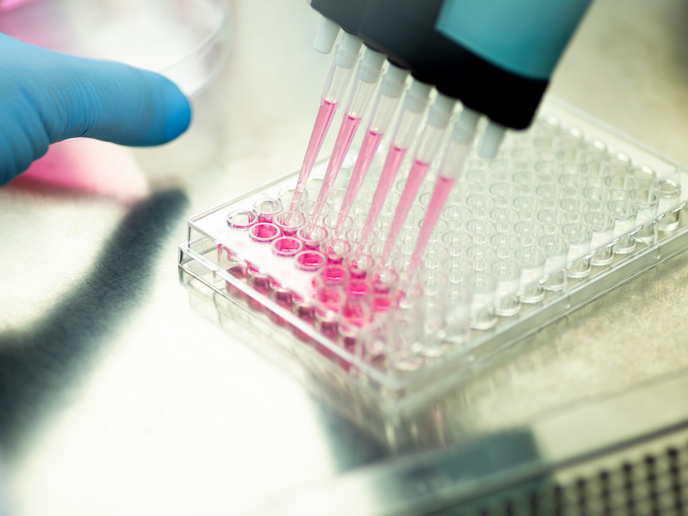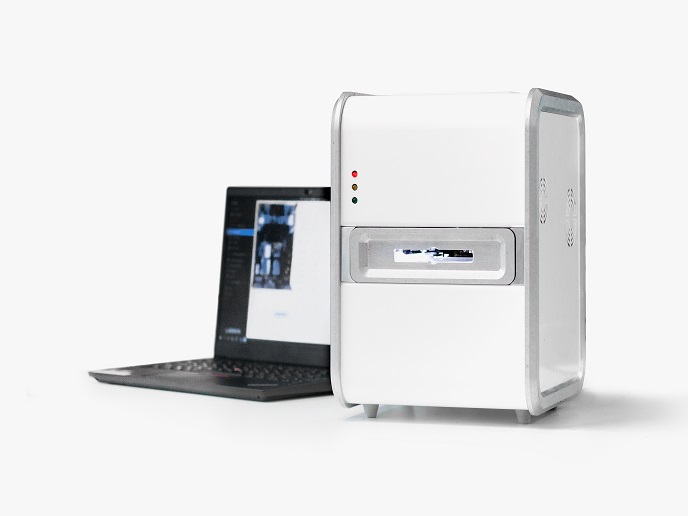Low-cost, portable diagnostics using optical sensors
The Bio Ring Diagnostics system is sensitive enough to detect multiple biomarkers in very small samples of blood. “We’re developing a platform technology that can be used for different applications, such as infectious diseases, autoimmune diseases, cancer or heart diseases,” says Bio Ring Diagnostics project coordinator Bart de Boer, Chief Technical Officer at Delta Diagnostics(opens in new window), Rotterdam. The company is a spin-off from TNO(opens in new window) – the Netherlands Organisation for Applied Scientific Research. The system is now being developed into a portable device for point-of-care use in collaboration with other parties that develop the biochemistry part of the device to detect different diseases or conditions. “We will combine our sensor technology with their biochemistry technology to develop not-yet existing diagnostic tests,” de Boer adds. The sensors are based on optical chips – photonic integrated circuits(opens in new window) – which, produced in large volumes, are inexpensive. “You can’t reuse a sensor for a diagnostic test because it has been in contact with the blood of the patient. The chip should be inexpensive and therefore disposable,” de Boer explains.
Fast, accurate detection
“We attach specific biomolecules to the sensor surface that can recognise a specific biomarker that we are interested in,” he says. “Optical sensors are extremely sensitive and they are also only sensitive in an area where the biomarkers bind to the chip.” Unlike many biosensor detection systems, which require laborious molecular pre-labelling for accurate detection, the Delta Diagnostics system uses label-free sensor technology which can directly detect the binding of the protein to the sensor. “That means it is faster and more accurate because the process requires fewer steps and there may be errors at each step,” de Boer explains. Results can be delivered in a matter of minutes. “We can put many different sensors on a very small chip surface which means we can detect multiple biomarkers at the same time in a very small sample, for example a drop of blood from the finger,” he adds. “Right now we are validating the performance of our sensors using artificial solutions of increasing complexity, mimicking biological samples and we’re moving towards protein detection in a complex matrix such as serum in about 4 months from now.”
‘Lunchbox size’ instrument
Other technologies that allow label-free detection of biomarkers are large instruments that can only be used in a laboratory and cost several hundred thousand euros. “We are as sensitive and much more cost-effective,” de Boer says, adding the aim is to produce a device significantly more affordable than the larger instruments. “EU financing allowed us to develop a lunchbox-size prototype showing the technical feasibility of miniaturising our technology towards a point-of-care diagnostic test,” he points out. The EU funding also included commercial feasibility outreach. “The positive responses far exceeded our expectations so we now have more parties lined up for collaboration than we can actually handle,” de Boer notes. “Almost a dozen companies want to collaborate with us and use their tests on our system and that really gave us a big boost.” “Our first product, expected by the first quarter of 2021, will be a research-only device, followed later by the diagnostics instrument,” he concludes.







